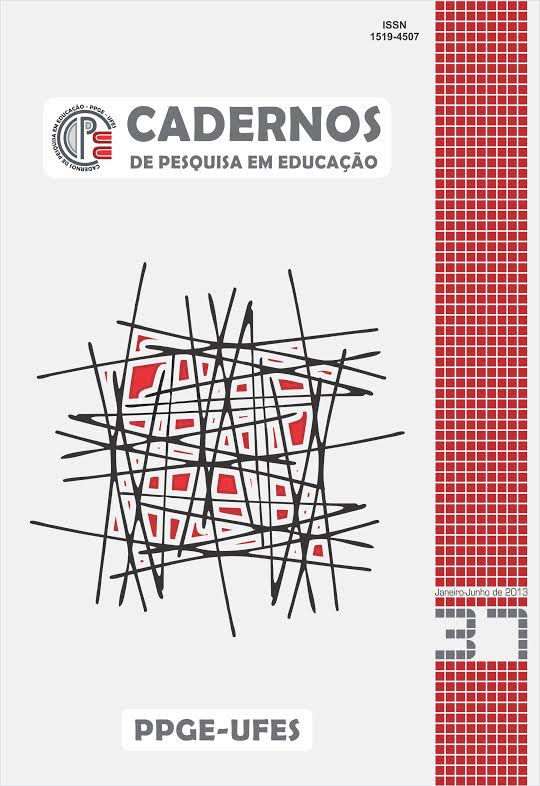EL SOFTWARE LIBRE EN LA EDUCACIÓN EN CATALUÑA: EL CASO DE UN CENTRO DE PRIMARIA
DOI:
https://doi.org/10.22535/cpe.v0i0.7464Resumen
El artículo presenta un estudio de caso sobre el uso del software libre en la enseñanza primaria en Cataluña, considerando la experiencia de la implantación y el uso de la distribución Linkat GNU/Linux en los centros educativos catalanes. Hacen falta evidencias empíricas que permitan corroborar o refutar determinadas ideas propagadas sobre el uso de esta categoría de software en la educación. La investigación ha pretendido conocer las experiencias del director, profesorado y alumnado tras la introducción de esta modalidad de software en este entorno. Los instrumentos utilizados para la recogida de datos han sido la entrevista semi-estructurada para el director y profesorado y la grupal para el alumnado, la observación directa y no participante y el análisis documental. Los resultados muestran que la utilización del software libre en el centro estudiado es una realidad sostenida e imparable. Su uso es posible y viable, pues responde a las necesidades y los requerimientos exigidos por el centro. Pese a la inercia, las naturales resistencias al cambio y desconfianzas respecto aquello que es menos conocido, los argumentos a favor de su uso en la educación van mucho más allá del ahorro económico y la tendencia en este sentido es clara. Por otro lado, aún falta mucho por hacer en cuanto a la promoción y difusión de programas libres. Esto es reflejo, también, de la inexistencia de políticas concretas por parte de los organismos gubernamentales. Han dado el primer paso y ha traído contribuciones substanciales al centro y aún que avances estén ocurriendo, son lentos.
Palabras clave: Software libre. Software privativo. Educación. TIC. Estudio de caso.
ABSTRACT
This article presents a case study on the use of free software in compulsory education in Catalonia, considering the experience of the implementation and use of the Linkat GNU/Linux distribution in Catalan educational centers. Empirical evidence is needed to corroborate or refute certain ideas propagated on the use of free software in the educational environment. The study analyzed the experiences of the school principal, faculty and students, following the introduction of this type of software in this environment. The instruments of data collection consist of a semi-structured interview for the principal and faculty, and group interview for the students besides, direct and non participatory observation and document analysis. Results of the study show that its use represents a sustained and relentless reality. Its use is possible and viable, because it meets the needs and requirements of the center. In spite of the inertia, the natural resistance to the change and mistrust regarding what is less known, the arguments in favor of its use in the education go beyond the economic saving and the tendency in this sense is clear. On the other hand, there is still much to do regarding the promotion and diffusion of free programs. The study also suggests the nonexistence of concrete politics by governmental organisms which took, nevertheless, the first step bringing substantial contributions to the schools. Advances are occurring, though at a slow rate.
Keywords: Free software. Software proprietary. Education. ICT. Case study.
Referencias
ADELL, J. Software libre en educación infantil y primaria. In: Romero-Granados, S. (Ed.). Introducción temprana a las TIC: estrategias para educar en un uso responsable en educación infantil y primaria. Madrid: Ministerio de Educación y Ciencia, 2007. p. 75-96.
ADELL, J.; BERNABÉ-MUÑOZ, I. Software libre en educación. In Cabero, J. (Coord.). Tecnología educativa. Madrid: McGraw-Hill, 2007. p. 173-195.
BAIN, M.; GALLEGO, M.; MARTÍNEZ, M.; RIUS, J. Aspectos legales y de explotación del software libre. In Megías D.; Mas, J. (Coords.). Barcelona: UOC, 2009.
CABERO, J.; LLORENTE, M. C. Software libre y sus posibilidades en la educación. AULA INTERACTIVA, Málaga, n. 4, p. 12-14, dez. 2008.
CATALDI, Z.; SALGUEIRO, F. Software libre y código abierto en educación. Quaderns Digitals, Valencia, n. 48, p. 01-12, ago. 2007.
CENATIC. Centro Nacional de Referencia de Aplicación de las Tecnologías de la Información y la Comunicación. Software de fuentes abiertas para el desarrollo de la administración pública española. Almendralejo, Badajoz, España: CENATIC, 2008.
FREE SOFTWARE FOUNDATION. Categorías de software libre y no libre. 2010. Disponível em: <http://www.gnu.org/philosophy/categories.es.html>. Acesso em: 11 nov. 2013.
FUCHS, C.; HORAK, E. Africa and the digital divide. Telematics and Informatics, v. 25, n. 2, p. 99-116, mai. 2008.
GONZÁLEZ, J. M. et al. Copyleft. Manual de uso. Madrid: Traficantes de sueños, 2006.
Descargas
Publicado
Número
Sección
Licencia

Esta obra está bajo una licencia internacional Creative Commons Atribución 4.0.
Os artigos publicados na Revista Cadernos de Pesquisa em Educação, estão licenciados conforme CC BY. Para mais informações sobre essa forma de licenciamento, consulte: http://creativecommons.org/licenses/by-nc/4.0


